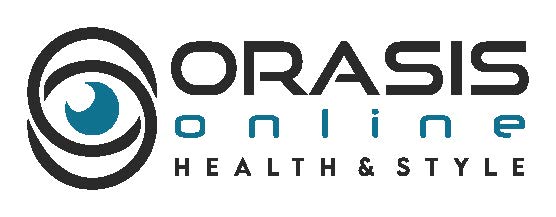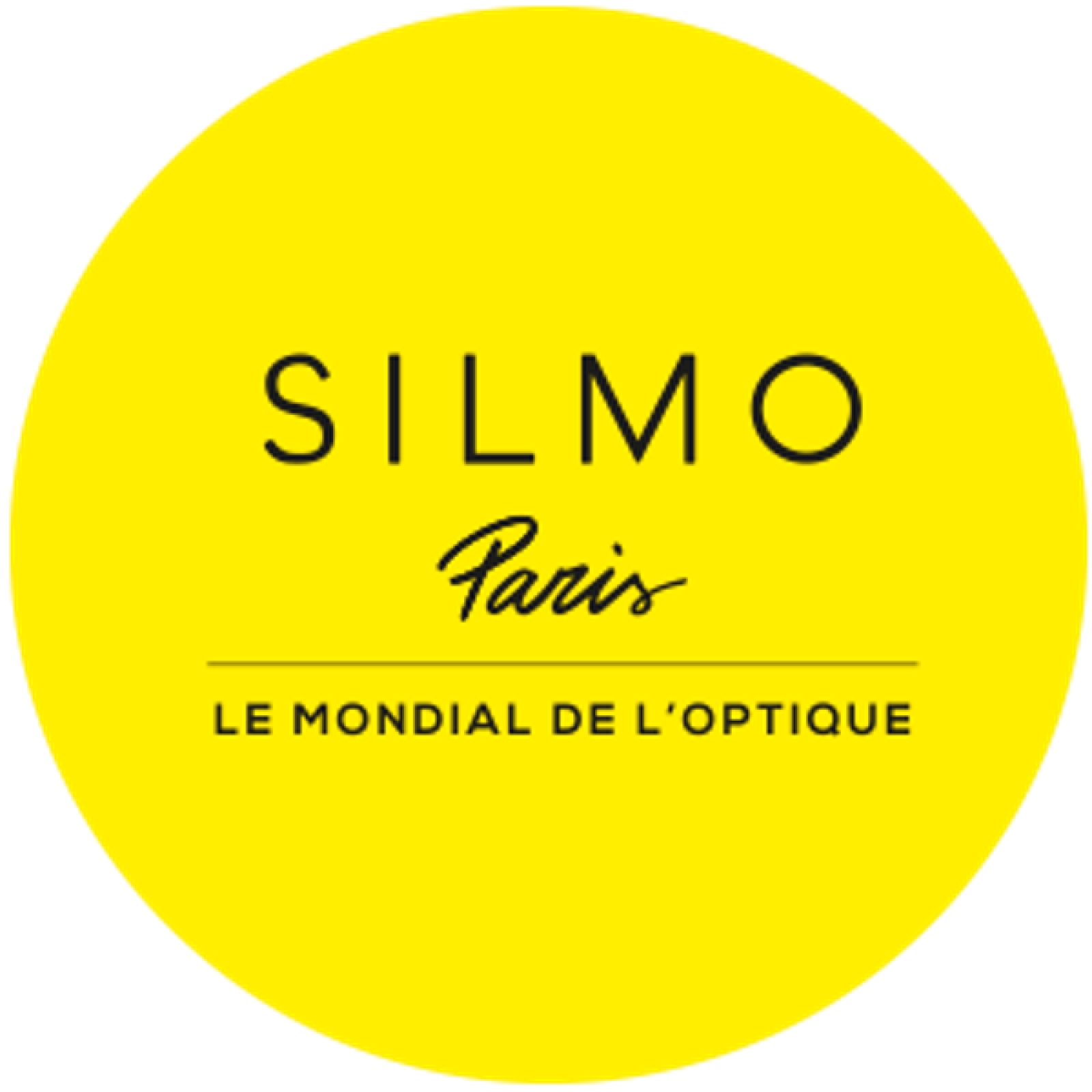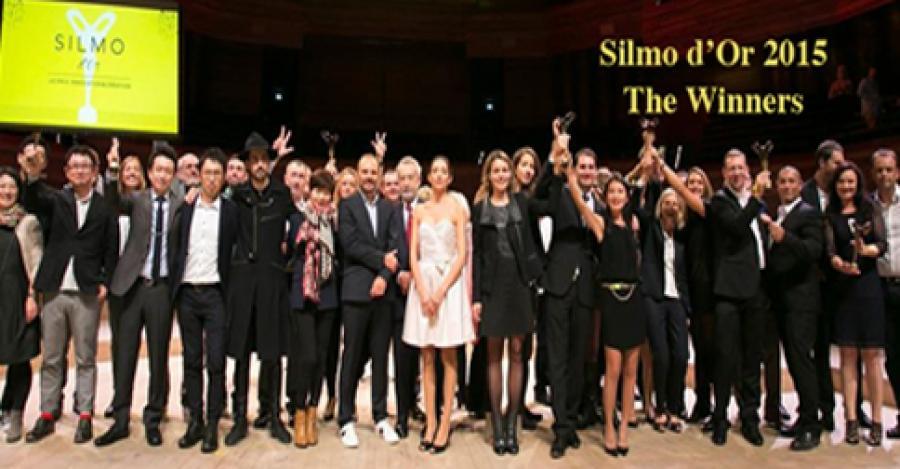Το Orasis Health & Style προσφέρει διεθνή, έγκυρη και έγκαιρη ενημέρωση, με μοναδικές προτάσεις και προσφορές τόσο για τους επαγγελματίες του κλάδου της Οπτικής & της Όρασης, όσο και για το ευρύτερο καταναλωτικό κοινό.
Και τις "προεκλογικές" διαδικασίες, αλλά και την εξαιρετική δεξίωση που δόθηκε στις καταπληκτικές εγκαταστάσεις του ιστορικού Radio France που έχει γράψει τη δική του ιστορία, τόσο στη Γαλλία όσο και στα διεθνή "ερτζιανά κύματα".
Και του χρόνου "νικητές" και "ηττημένοι"!!!

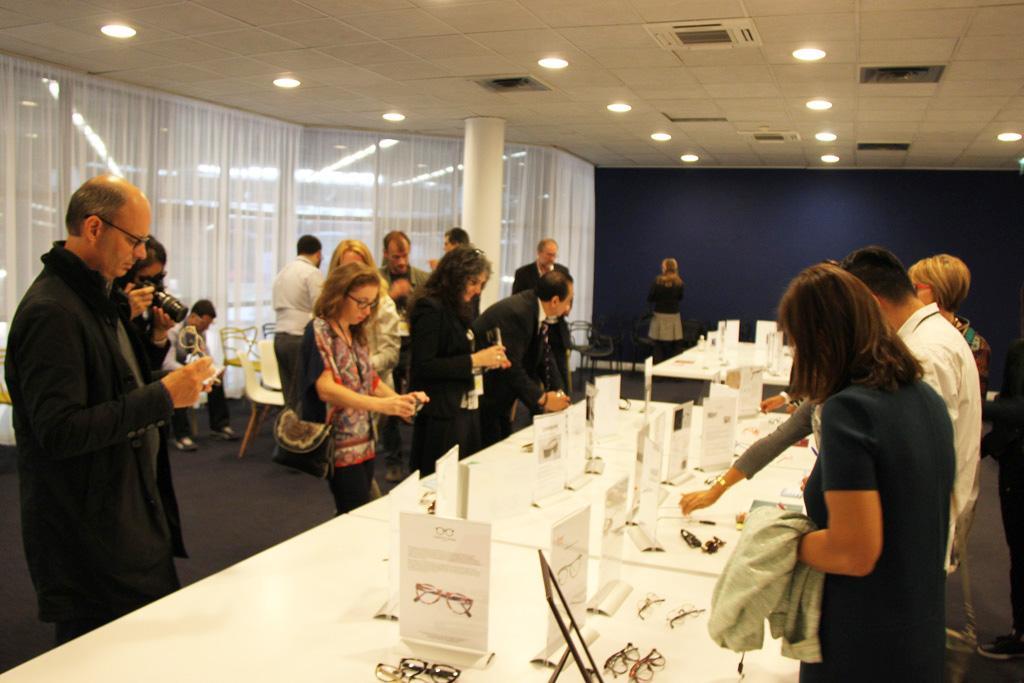
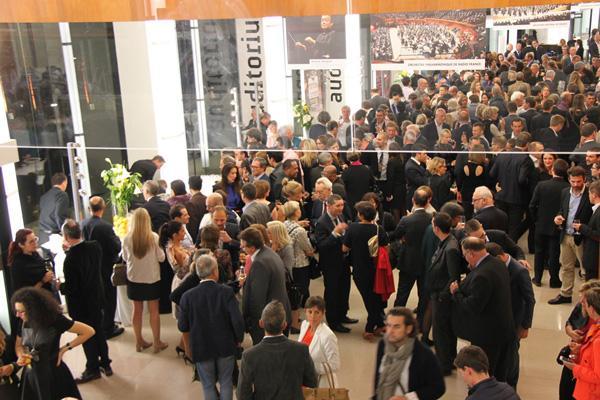
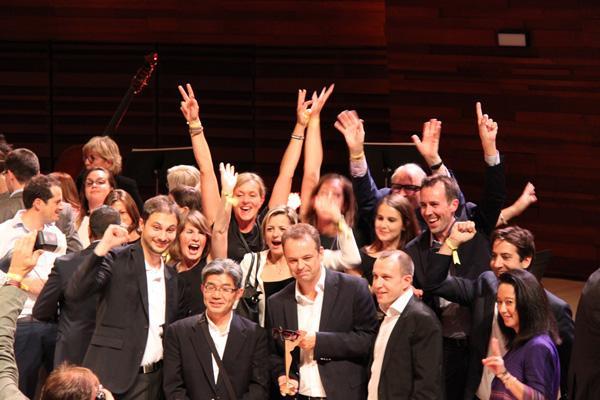
• Κατηγορία "Όραση", η Essilor με το "Eyezen" και η Johnson & Johnson με το "1-Day Acuvue Moist Multifocal"

• Κατηγορία "Χαμηλή Όραση", η εταιρία Visiole με το "Blaze-EZ"

• Κατηγορία "Υλικά/ Εξοπλισμός", η εταιρία Luneau Technology με το "Attitude" de Briot

• Κατηγορία "Παιδικά γυαλιά" η Minima με το "Junior Hybrid"

• Κατηγορία "Σκελετοί γυαλιών" η Masunaga με το "GMS-106"

• Κατηγορία "Γυαλιά ηλίου" η W-Eye με το "Aifir"
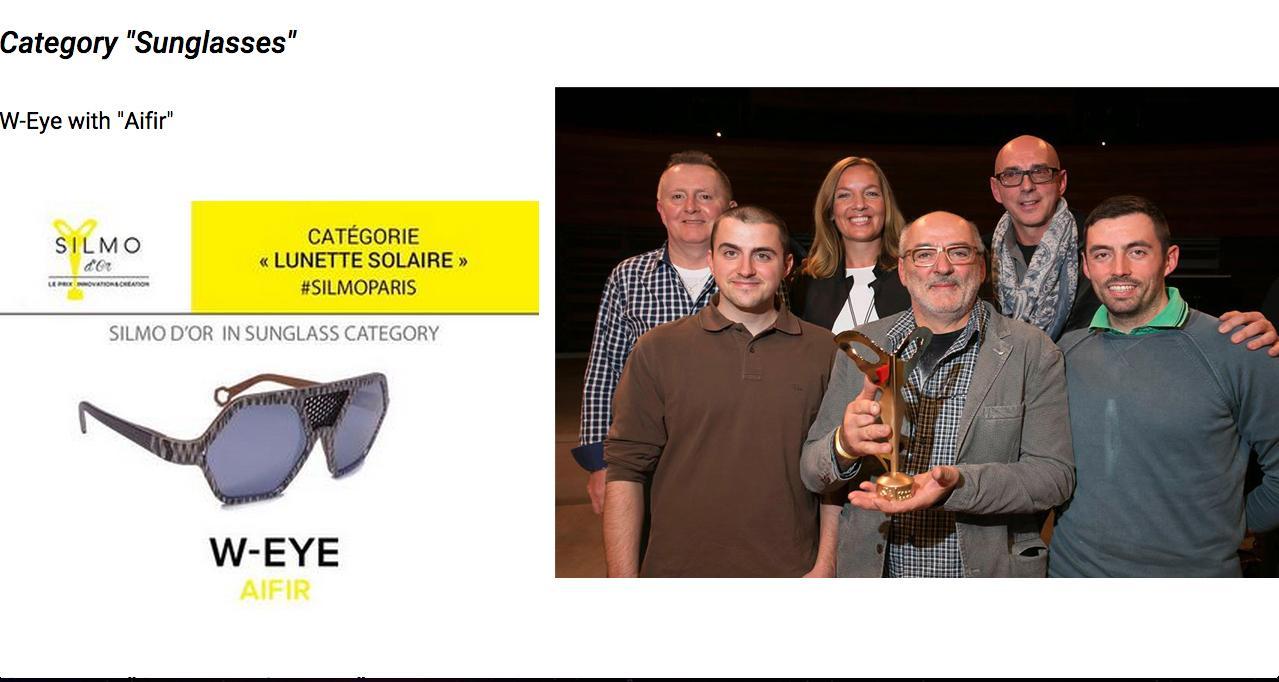
• Κατηγορία "Αθλητικά γυαλιά / Εξοπλισμός" η Seiko Optical Group με το "Seiko X Changer"

• Κατηγορία "Τεχνολογική καινοτομία σκελετών" η Blackfin με το "Shark-Lock"

• Ειδικό βραβείο της κριτικής επιτροπής η Factory 900 με το "FA-087"

Λίγα λόγια για το Radio France:
Radio France's two principal missions are:
To create and expand the programming on all of their stations; and
To assure the development and the management of the following four orchestras and choirs:
l'Orchestre National de France (National Orchestra of France)
l'Orchestre Philharmonique de Radio France (Radio France Philharmonic Orchestra)
Le Chœur de Radio France (Choir of Radio France)
La Maîtrise de Radio France (Choir School of Radio France with a choir of children and teenagers)
History timeline
1897: A year after Marconi’s experiments, Eugène Ducretet begins his trials of radio broadcasting from a mast on the third level of the Eiffel Tower
1921: The weather forecast and the stock market prices are read from a studio in the Eiffel Tower.
6 November 1922 (eight days before the BBC): Radiola, the first French private radio transmitter, begins regular broadcasts. It changes its name to Radio Paris in 1924. It is followed by Radio Toulouse and Radio Lyon, and in 1932/1933 by Radio Luxembourg. Before World War II, 14 commercial and 12 public sector radios operate in France.
1940–44: In both the German Occupied zone and under the Vichy regime in the south, radio is taken over by the State.
1942–43: With the agreement of Vichy, Radio Monte Carlo and its financial holding company la SOFIRAD are born.
1944: At the Liberation of France, the state broadcasting monopoly is retained for practical and ideological reasons. Public service radio broadcasting is ensured by the RDF, soon to be called the RTF, then the ORTF in 1964.
1955: The commercial station Europe No. 1 begins broadcasting from across the border in the Sarre region of Germany, freed from French occupation in that year.
1965: Under the management of Roland Dhordain, the four French radio stations are reorganised: France I and II are merged to "RTF Inter", later renamed "France Inter"; France III is renamed "RTF Promotion", and later "France Culture"; France IV is renamed "RTF Haute Fidelité", and later "France Musique".
1975: When the ORTF is broken up into separate TV channels (TF1 (Télévision française 1), antenne 2, France Région 3), technical services (TDF — Télédiffusion de France), archive services and professional training (INA — Institut National de l'Audiovisuel), production and audiovisual creation services (SFP — Société Française de Production) and radio, Radio France gains its independence from other media institutions as the state controlled public service radio broadcaster.
1981: Following pressure from the independent and commercial radio lobbies and pirate broadcasters, the newly elected President François Mitterrand allows the licensing of "free" radio stations, to become "radios locales privées", initially with a state subsidy and then financed by commercial advertising (1984), and finally to group themselves into national networks (1986). A private radio sector broadcasting from within French borders is reborn.
1999: The daily radio audience (reach) is 83%. They listen on average for over three hours a day. 99% of French homes have a radio. 80% of French households have a car radio, and 26.8% a personal stereo.
2000: Radio France re-organises its radio network. France Bleu becomes a regional-only network, primarily on FM (the national AM radio network was re-attributed to France Info) and several FIP stations in large cities were closed down and replaced with youth station Le Mouv'.

